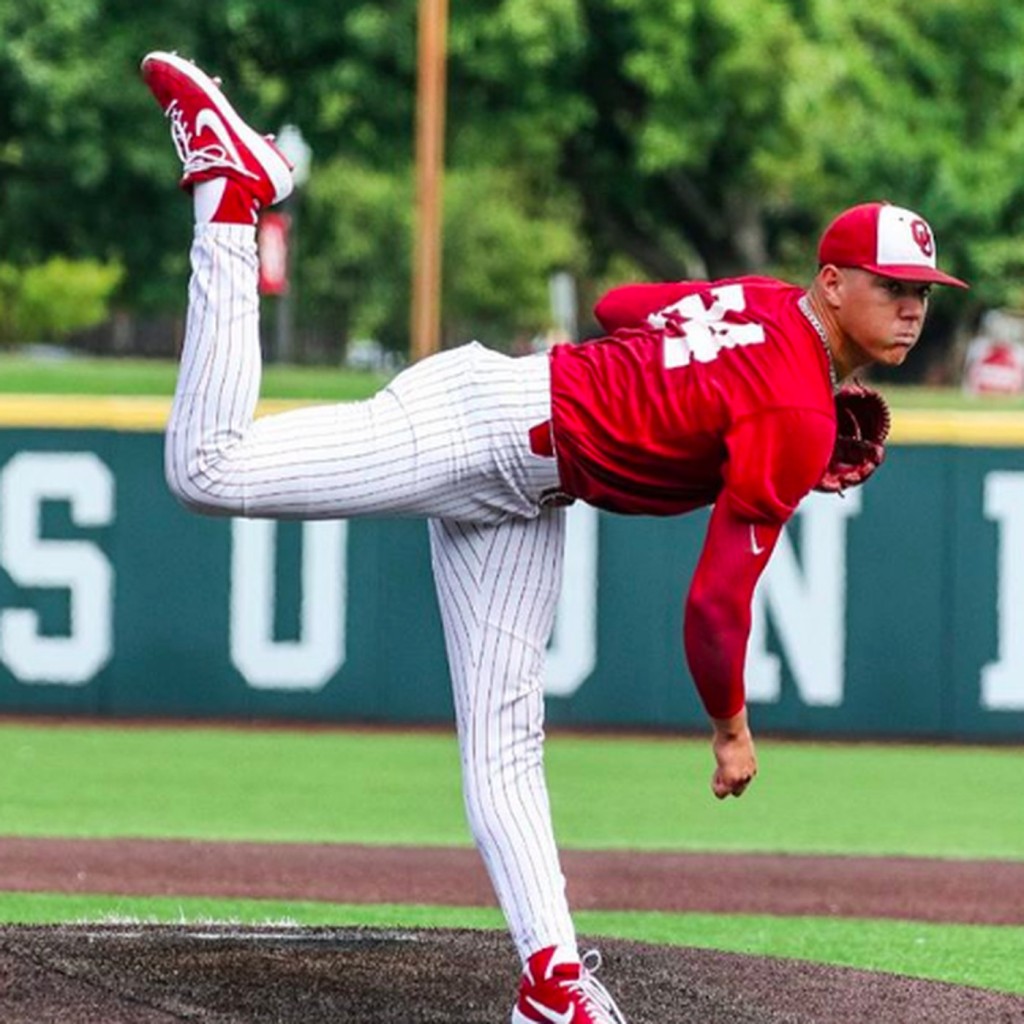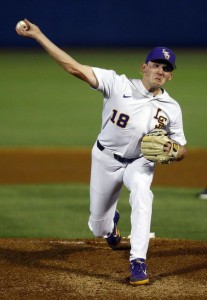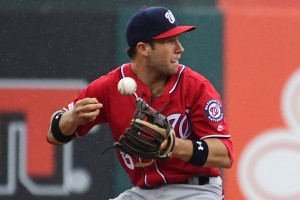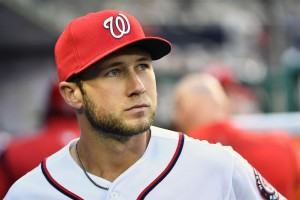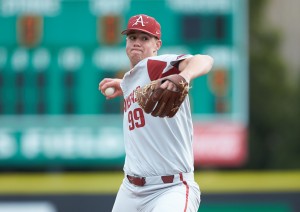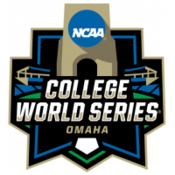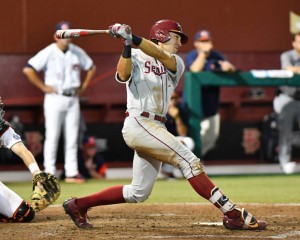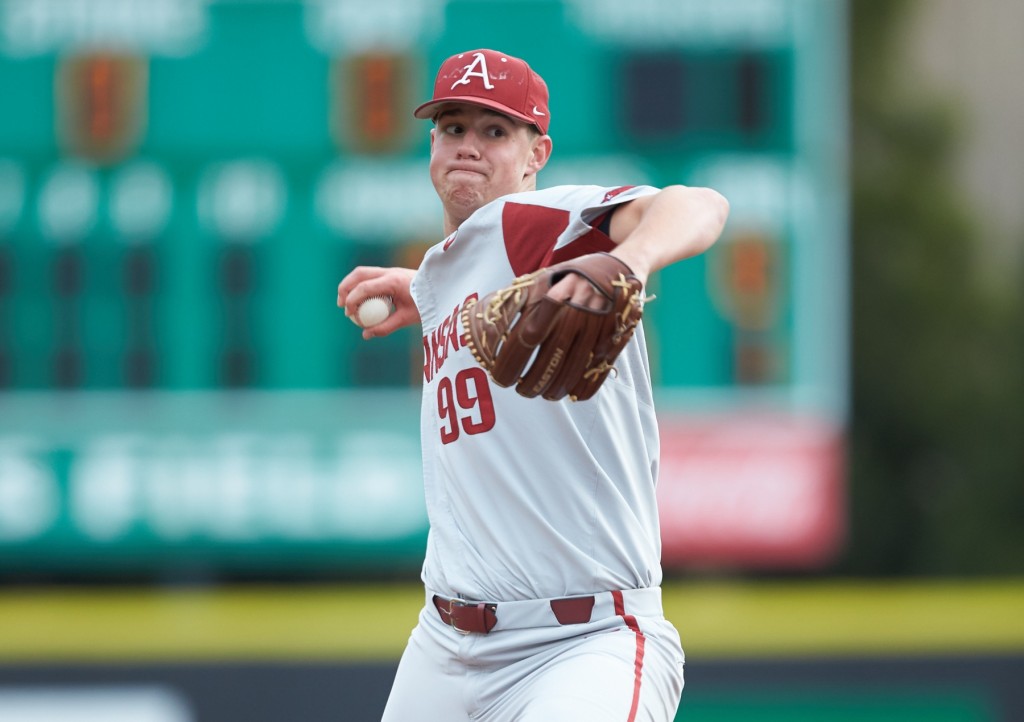
The last of the “major” pundits has released their Nats prospect ranking lists for the 2021 season, with Fangraph’s lead prospect writer Eric Longenhagen teaming with Tess Taruskin to release their top 22 Nats prospects for 2021.
Why 22 prospects, instead of 10 or 20 or some other round number? Fangraphs drives their rankings via a “Future Value” metric, so the deeper your system is, the more prospects you will have on their list. The cutoff is a “35+ FV,” which projects as something between a 4-A career guy and a bench role player. Yes, you may immediately draw some conclusions about the depth of our system by the number who reached that plateau; by way of comparison a “good” farm system in Tampa had no fewer than 62 players make their 2021 fangraphs list by using the same 35+ cutoff.
So, yeah, we have some work to do… but we already knew that since every macro ranking of our system done this year has us dead last as a system.
Anyway, here’s the Fangraphs list, with some commentary about how these rankings fare side-by-side with other pundits.
| Fangraphs 2021 rank | Last Name | First Name | Position | Acquisition |
|---|---|---|---|---|
| 1 | Rutledge | Jackson | RHP (Starter) | 2019 1st |
| 2 | Cavalli | Cade | RHP (Starter) | 2020 1st |
| 3 | Antuna | Yasel | SS | 2016 IFA |
| 4 | Lara | Andry | RHP (Starter) | 2019 IFA |
| 5 | De La Rosa | Jeremy | OF (corner) | 2018 IFA |
| 6 | Romero | Seth | LHP (Starter) | 2017 1st |
| 7 | Cronin | Matt | LHP (reliever) | 2019 4th |
| 8 | Henry | Cole | RHP (Starter) | 2020 2nd |
| 9 | Pineda | Israel | C | 2016 IFA |
| 10 | Cate | Tim | LHP (Starter) | 2018 2nd |
| 11 | Infante | Samuel | SS | 2020 2nd supp |
| 12 | Cruz | Armando | SS | 2020 IFA |
| 13 | Adon | Joan | RHP (Starter) | 2016 IFA |
| 14 | Mendoza | Drew | 3B | 2019 3rd |
| 15 | Denaburg | Mason | RHP (Starter) | 2018 1st |
| 16 | Quintana | Roismar | OF (CF) | 2019 IFA |
| 17 | Cluff | Jackson | SS | 2019 6th |
| 18 | Powell | Holden | RHP (Reliever) | 2020 3rd |
| 19 | Brzykcy | Zach | RHP (Reliever) | 2020 NDFA |
| 20 | Barrera | Tres | C | 2016 6th |
| 21 | Schaller | Reid | RHP (Starter) | 2018 3rd |
| 22 | Peterson | Todd | RHP (starter) | 2019 7th |
Commentary in rough order of list:
- FG went with Rutledge over Cavalli for #1. At the end of the prospect season, these two basically split the #1 overall spot among major pundits, with FG, ESPN, and BleacherReport going with Rutledge #1, while BA, Keith Law, and MLBpipeline all went with Cavalli.
- They’re now high rankers on De La Rosa, putting him at #5 in the system. It sounds like the projection for him is basically a lesser version of Juan Soto; lefty power hitting corner outfielder.
- They have Romero still high, at #6, but added no intelligence as to why he did not appear in spring training 2021. Still projects two 60-grade pitches, but his fastball has fallen out of favor and they have him with 40-command. That’s a reliever, and not necessarily a good one, at best.
- One of the reasons FG is high man on both De La Rosa and Romero is because they’re well lower on Cole Henry than anyone else, having him 8th. It sounds to me like they think he’s heading into relief, much like the guy ranked just above him Matt Cronin.
- They’re well above anyone else on Israel Pineda, and i’m not really sure why. In the middle of last season, the same evaluator ranked him #16. What’s substantively changed since August?
- He’s pumping the brakes on Armando Cruz, ranking him at #12 where a number of the major evaluators already have him 5-7 range.
- He’s put Denaburg all the way down to #15, noting that his pro career/injury record now puts him nearly below non-prospects. Great 1st rounder guys!
- He’s got Zach Brzykcy, a NDFA $20k signing from last summer, in the top 20 of our system. I suppose that does say something about our system depth, but Longenhagen does note that Bryzcky is one of a handful of NDFAs who have impressed and would have been legitimate draft picks with a longer draft. 2-pitch, pure reliever.
- Last man in the rankings is Todd Peterson, mr coming out of nowhere for this team, who hung around Spring Training longer than most of our 1st round multi-million dollar prospects. He’s projecting as middle relief, with 2 good pitches, decent velocity and excellent deception in his delivery.
Nowhere in this list are a handful of characters that are well regarded on other lists. That includes Daniel Marte, Tyler Dyson, Jake Irvin (likely b/c he’s missing all of 2021 with a TJ), Ben Braymer, Viandel Pena ….
And of course Steven Fuentes is missing … who only just got a call-up…. to the majors … which is kind of the whole damn point of being a prospect? It does make me question what these guys are really looking for … if you project some 2-pitch guy as a possible middle reliever in the major leagues, then flat out don’t rank a starter who actually DOES make the majors … at age 23 … then what are we ranking/evaluating on? I’m not discounting prospect evaluation work entirely by any means (to head off some of my frequent commenters who are bound to pick up on this and disclaim all prospect rankers), but I do sense there’s a specific blind side in these evaluators when it comes to certain kinds of players. Fuentes (and Ben Braymer) fit right into that gap; a starter who doesn’t project as a stud, guys who get by on command/control instead of velocity. Maybe that’s the point; maybe guys like Fuentes/Braymer are such a “dime a dozen” kind of 4-A players that they specifically never get ranked … but if you have a prospect catcher ranked in the teens who does not ever project to make the majors, wouldn’t by definition you have a guy who IS capable of making the majors (whether its as a long-man, or a middle reliever, or the backup 2nd baseman) ranked higher? A theoretical question.
